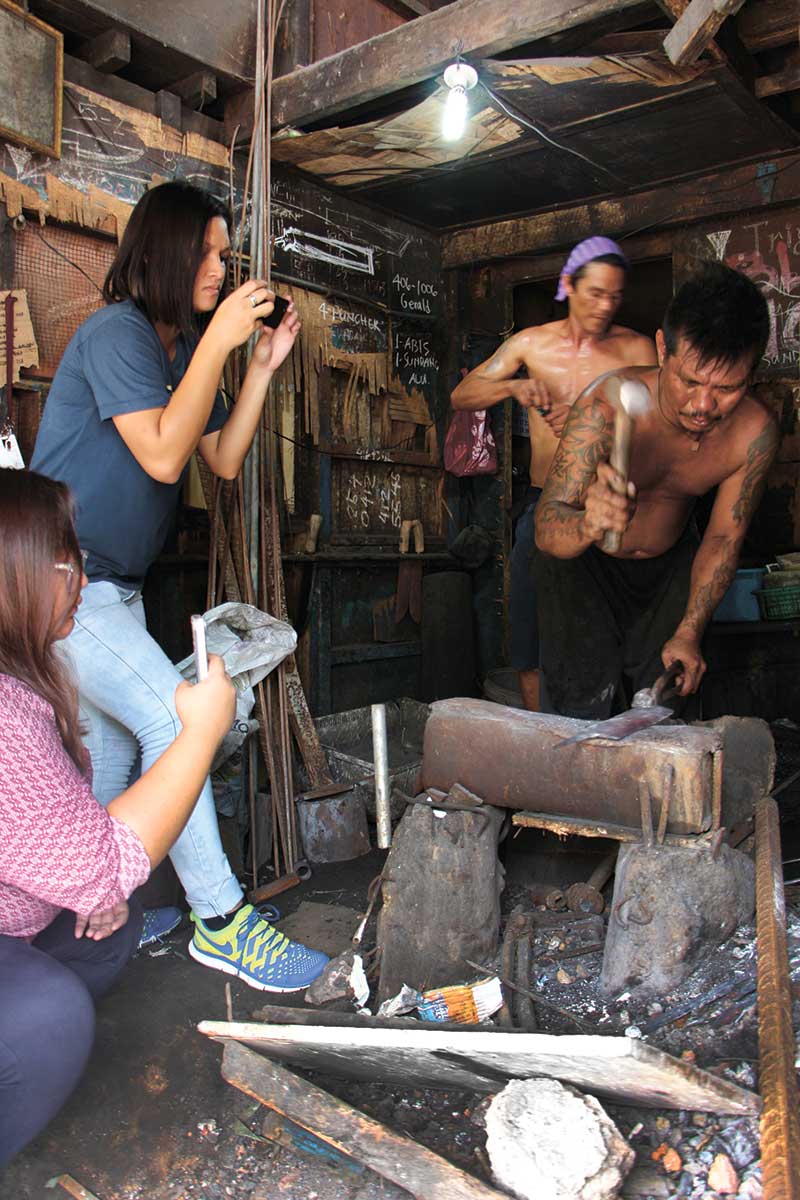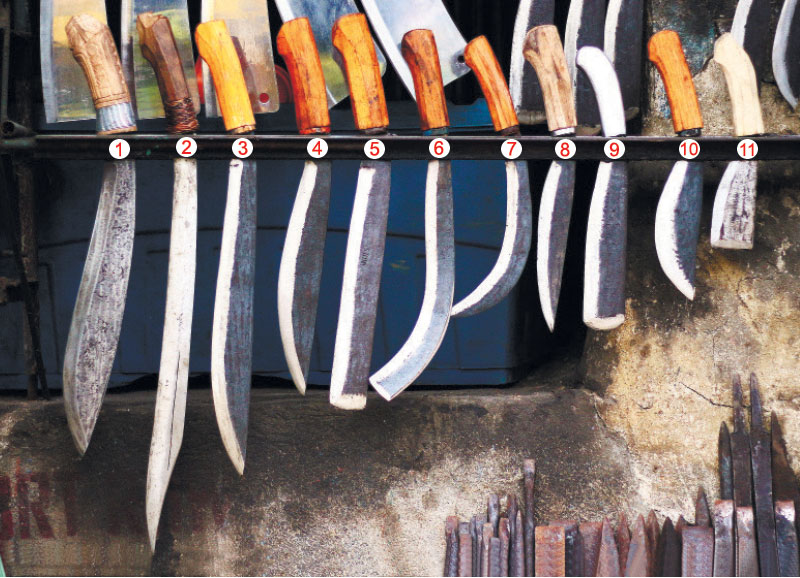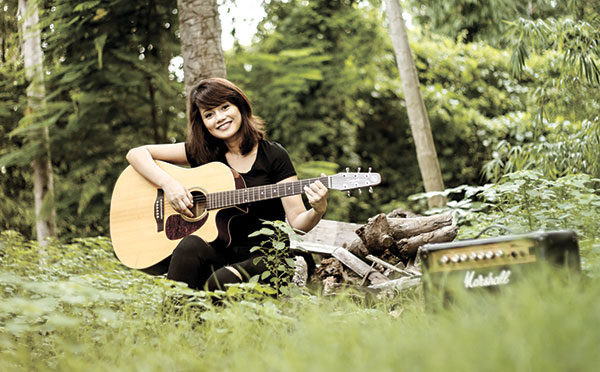Fire x Metal
Blacksmiths keep fire of family’s hundred-year artisanal craft burning
Text: Deneb R. Batucan
Images: Jacqueline Jala
THERE’S the constant sound of metal pounding against each other with a labored thrust of a heavy hammer. Hot and fresh out of a burning brick oven, the piece of metal is shaped with a hammer, a pair of huge tongs and primeval force. Sparks fly with each contact as the glowing, hot metal yields to the hammer’s will. After a while, the forged piece goes back to the embers, engulfed by fire again, only to be struck again by the hammer into the shape it needs to become.
It takes great strength and skill to be a blacksmith, or panday in Cebuano. Their work is found everywhere — the wrought iron that fences your house, the daggers used to plow fields and plant produce, the knives used to cut food — yet we rarely give any thought on the strenuous and intricate work these men do to craft a piece of metal into something useful for everyday life.
Along Basak, San Nicolas, Cebu City, a well-known knife shop stands along the road. Its walls are bedecked with different kinds of knives, metal works as wells as special martial arts swords and daggers. Silva’s Hunting Knife Shop has been in the business for 42 years, crafting metal, aluminum and steel.

Hundred years
Owned by couple Jun and Milagros Silva, the shop supplies different kinds of daggers and knives fit for various users from farmers in Negros to martial artists in Cebu.
The shop has been in their family for approximately a hundred years since it was originally started by Jun’s grandfather. “Wala pa to’y display sauna. Maghuwat lang ang mu-order mintras gabuhat siya (There were no displays before. Those who made orders would wait while he works),” Mila said.
The acquired skill in bending metal and steel has been passed down to Jun’s father, then to him and to his children. It’s a special family legacy that has been kept alive from generation to generation and a business that has put food on the table for many years.
The native knives, like a bolo and sundang, have many different kinds for different kinds of uses. Silva’s supplies native knives to Consolacion, Toledo, Negros, Lapu-Lapu, among other areas. Often they have a specific type of knife for each town or province. Consolacion has the sanduko, which is used to split large wood and often has a carved wooden handle. In Negros, they use gikay, which is used to cut sugarcane.
Aside from native knives, Silva’s could also make sleek Samurai swords and different martial arts daggers. These are often custom-made to the buyer’s needs — not to mention totally bad ass.
Shortage of iron men
Jun and Milagros’s children, who are also blacksmiths, are managing their own knife shops in Lahug and Talisay. But Mila expressed a wish they have always wanted for a long time: branches outside Cebu.
“Ganahan gyud mi magtukod, pero ang problema kuwang ang panday. Lisud kaayo mangita (We really want to set up branches, but we lack blacksmiths. It’s hard to find one these days),” Mila said. There is a shortage of blacksmiths today, which worries Mila. In their shop, they only have two blacksmiths who produce all of their products.
It may look like a blacksmith just hammers a piece of metal, but it is truly laborious work that entails disciplined creativity and an iron will. In this age of instant gratification, the sense of fulfillment that a blacksmith gets from crafting an intrinsically beautiful and useful metal product is hard to comprehend for the end user or mere spectator. But we owe it to these blacksmiths to realize that they come from a long line of artisans practicing an ancient craft that is essential in forging the functional, comfortable world that we know now.
*****
Cebu’s artisanal blades
On display at Silva’s Hunting Knife Shop
1. Sanduko – For splitting large woods (customized for use in Consolacion)
2. Pinuti – Used to catch fish in the sea, the pinuti can be traced to as early as the time of Lapulapu
3. Bubher – For clearing weeds
4. Sundang – For splitting coconut
5. Linipak – Having a flat edge, it is used to splinter bamboo trees
6. Lampas Barakus – With a bended or straight edge, it is used for cutting weeds from its roots.
7. Gab – Apart from cutting branches, the gab is also used in rice fields
8. Plamingko – For chopping pork meat
9. Tinuway/Guna nga Aluminum – With a round edge, it is to dig in rocky grounds
10. Pakas/Tabya – For chopping chicken meat or fish
11. Guna Bata – For digging soil
Locale: Silva’s Hunting Knife Shop, Basak, San Nicolas, Cebu City





